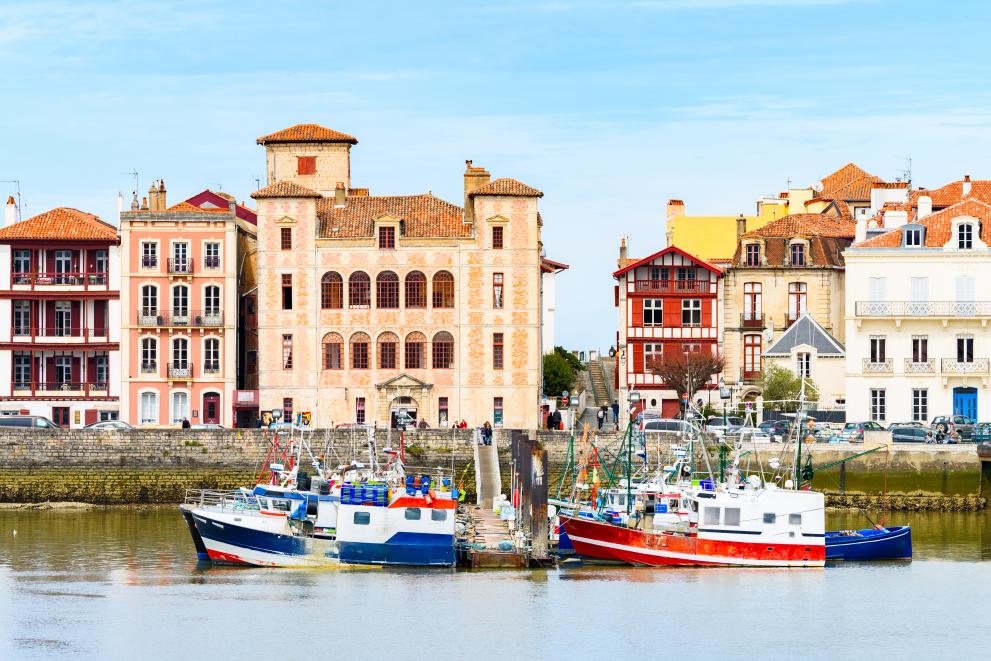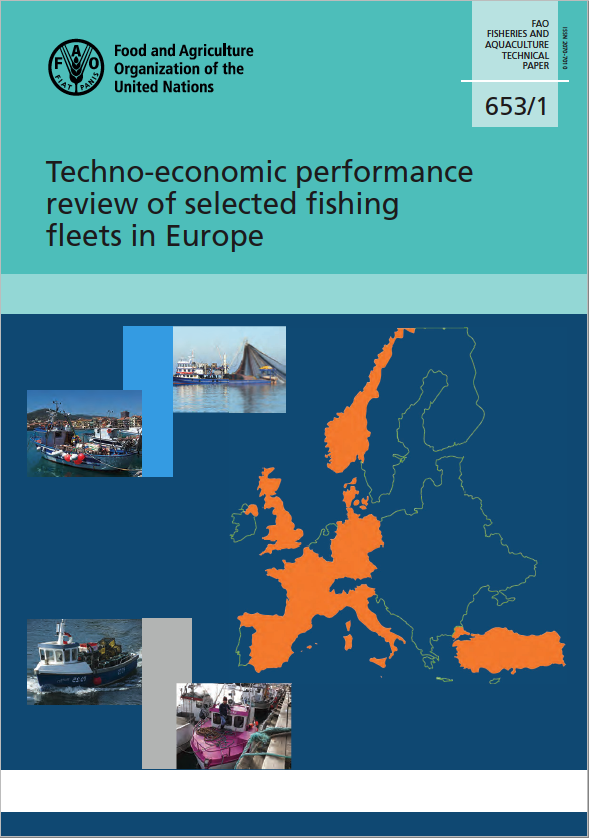
A recent techno-economic review of selected fishing fleets in Europe reveals a clear improvement in the sector’s performance in recent decades, and shows the European fishing fleet to be in very good shape.
Carried out as part of the 2020 Food and Agriculture Organization (FAO) Review of the techno-economic performance of the main global fishing fleets, this regional review assesses the performance in 2016 of 43 fishing fleet segments from 8 major European fishing countries: Denmark, France, Germany, Italy, Norway, Spain, Turkey and the United Kingdom of Great Britain and Northern Ireland.
The fleets segments covered are among the most important in terms of volume and value of seafood landed, with between 45% (Turkey) and 92% (Germany) of the total landed volume of seafood in the eight countries.
Increased earnings and profit margins

Analysis of the costs and earnings data showed that all types of vessels had a positive gross cash flow, with an average net profit margin of 20%.
Revenues increased faster than costs for most fleet segments, with lower fuel costs and higher seafood prices compared to 2014 and 2015 contributing to the performance improvements in 2016.
2016 saw the highest returns on investment made by the 12-18-m demersal trawlers and the purse seine fleet segments, and the highest revenues by distant water tuna purse seine, pelagic trawlers and deep sea trawler fleets. Revenues by coastal and small-scale vessels were generally substantially lower.
Labour and running costs made up the largest cost components for most fishing fleets in Europe.
Fewer and older fishing vessels
All eight countries saw a decrease in the number of fishing vessels, with active commercial fishing vessels falling by 10% between 2008 and 2016, from nearly 60,000 to less than 54,000 vessels.
Fleet reductions were greatest in Denmark (24%) and Germany (21%) and smallest in the United Kingdom of Great Britain and Northern Ireland (5%) and Turkey (6%).
Each country also saw a reduction of 8 to 26% in total fleet capacity in terms of gross tonnage (GT) and kilowatts (kW), largely due to the EU Common Fisheries Policy (CFP) requirement for Member States to gradually reduce fleet capacity to match the status of resources. Similar programmes have been implemented in recent years in Norway and Turkey.
The age structure of the fishing fleets shows an increasing trend for most fleet segments. Few new fishing vessels entered the fleets in 2016.
Importance of the fisheries sector
The United Nations 2030 Agenda for Sustainable Development and its 17 Sustainable Development Goals (SDGs) recognise that the fisheries sector offers many opportunities to reduce hunger and improve nutrition, alleviate poverty, generate economic growth and ensure better use of natural resources.
Great efforts are therefore being made worldwide towards achieving sustainable fisheries.
Information on the technological and economic performance of the fishing fleets will inform fisheries governance and stakeholders in developing their trade.
Monitoring the economic and financial viability of the fisheries sector
The regular FAO analyses of the cost structure and economic and financial performance of fishing fleets form part of the regular monitoring of the economic and financial viability of marine capture fisheries.
This report, co-authored by JRC scientist Natacha Carvalho, is the first major comparative study on fishing fleet performance in Europe carried out since 2005.
Previous studies demonstrated that, in spite of the full and sometimes over-exploitation of fisheries resources, marine fisheries were an economically and financially viable undertaking in the 1990s and first years of this millennium.
The country studies for the 6 EU Member States are based on fishing fleet data collected within the EU Data Collection Framework as well as expert knowledge from the 2019 Scientific, Technical and Economic Committee for Fisheries (STECF) annual report on the EU fishing fleet; those for Norway and Turkey are based on data from the Directorate of Fisheries in Norway and the Turkish Statistical Institute.
The information presented uses the data of 2016 as base year for comparison purposes.
Following a decision of an Expert meeting in October 2019, regional techno-economic performance reviews will also be produced for North and South America, Africa and Asia.
Further information
- Techno-economic performance review of selected fishing fleets in Europe
- EU fleet maintains high profits mainly thanks to sustainable fishing methods
- 2019 Annual Economic Report on the EU Fishing Fleet (STECF 19-06)
Related Content
Techno-economic performance review of selected fishing fleets in Europe
EU fleet maintains high profits mainly thanks to sustainable fishing methods
2019 Annual Economic Report on the EU Fishing Fleet (STECF 19-06)
Details
- Publication date
- 25 June 2020
